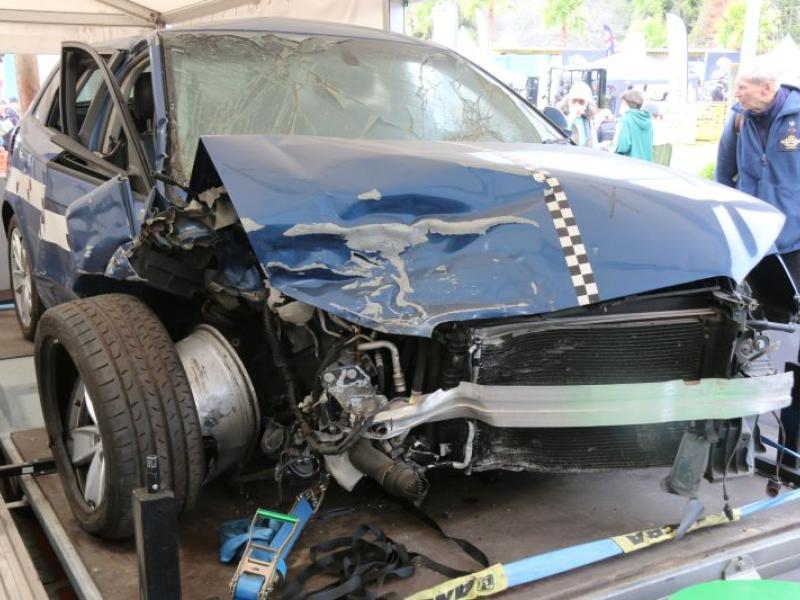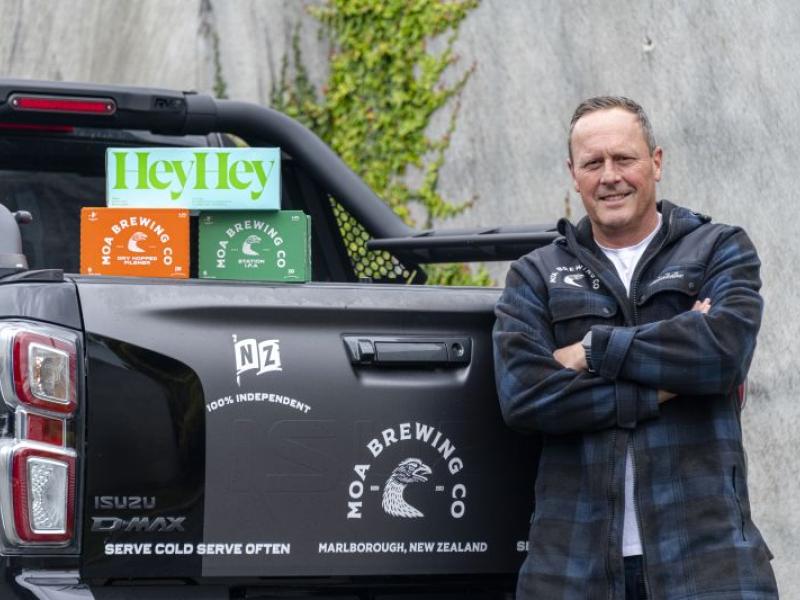All organisations operate vehicles, whether it’s a sole trader’s van or New Zealand’s largest nationwide fleets. Business is mobility dependant, and you can’t do your job without your cars, vans, and trucks on the road.
The new Health & Safety at Work Act applies to every vehicle that is used for business purposes.
This includes “grey fleet”, where an employee’s private car is used for work purposes, whether full-time or occasional. Company vehicles are clearly a “place of work”, and driving is obviously a “hazard”, so employers are now also having to assess the risk based on their environment and vehicle use profile.
Responsible employers understand that Health & Safety obligations apply to every operational aspect of their business; however the same cannot be said for fleet operations, which is often underestimated, or completely overlooked.
Whether your business runs one vehicle or 1,000, and whether they’re owned or leased, comprehensive fleet management is required, and accident management is now a critical element.
As a result of the new H&S at Work Act, fleet operations now have a significant cross-over into the increased health and safety obligations. Formal protocols for managing and reporting vehicle accidents are essential, and robust driver support resources must be available, particularly in injury cases.
There are more than 4.7-million registered vehicles on New Zealand roads, roughly equal to our tiny population of humans.
Unfortunately, NZ roads aren’t world class, and this may contribute to our high car accident rate. Last year there were more than 200,000 injury related crashes, and almost 300 fatalities. Given that 70 percent of new vehicles are bought by businesses, this makes driving the most dangerous work activity. Fleet operators have a lot to worry about.
Karen Knight, MD of New Zealand’s largest independent accident management provider, Crash Management Services, says that unfortunately, many SMEs running 10 or 20 vehicles do not even consider themselves a fleet operator.
“This is a fallacy,” she says, ”and regrettably it means that these companies may have no driver support services in place when breakdowns or accidents occur. The business owner’s default position that ‘the driver can call me’ or ‘the Police will come’ is no longer acceptable.”
She says robust 24/7 response is now required in order to support driver injury accidents and other emergencies.
Karen says Crash Management Services serves some of New Zealand’s largest fleet operators and hundreds of SMEs, so those organisations now have all the driver safety services, protocols, and incident reporting required.
“However this is not always the case in the wider market, particularly in the SME sector. She said there is no excuse for the lack of awareness and uptake, as formal accident management and other driver support resources are readily available in the market and cost effective.
“Crash Management, for instance, is priced at only a few dollars a month, and breakdown services start from as little as $25/year per vehicle.”
She said there are also a range of preventative measures available from Crash Management’s partner providers, including fleet fit-for-purpose analysis, preventative maintenance software and phone apps, GPS and telematics, and automated driver licence checks and controls.
She adds that Crash Management is also able to provide template documentation to its clients and work with them to tailor a service solution and procedures to suit any requirements.
Set up and implementation is provided free of charge including Use of Vehicle Policy, driver injury rescue and repatriation plans, general service procedures and reporting, and driver packs for all vehicles.
The Health & Safety sector also acknowledges that both large organisations and SMEs are lagging behind in regard to driver safety.
Karen says it was also noted that SME owner/managers particularly are non-specialists in this area, potentially under-resourced and time-poor, and should welcome pragmatic cost-effective solutions.
“Safety managers also agree that these businesses often completely under estimate or even over look the fact that these small fleets must comply with the intent of the H&S legislation to take all practical steps to protect drivers and provide the resources to support them. This will be particularly critical in injury accidents or other emergencies.”
The potential penalties for non-compliance are severe. Large and small business fleet operators can protect themselves from this risk very cheaply – all for as little as a few dollars a month.
For more information visit crashmanagement.nz/corporate-government-fleets






